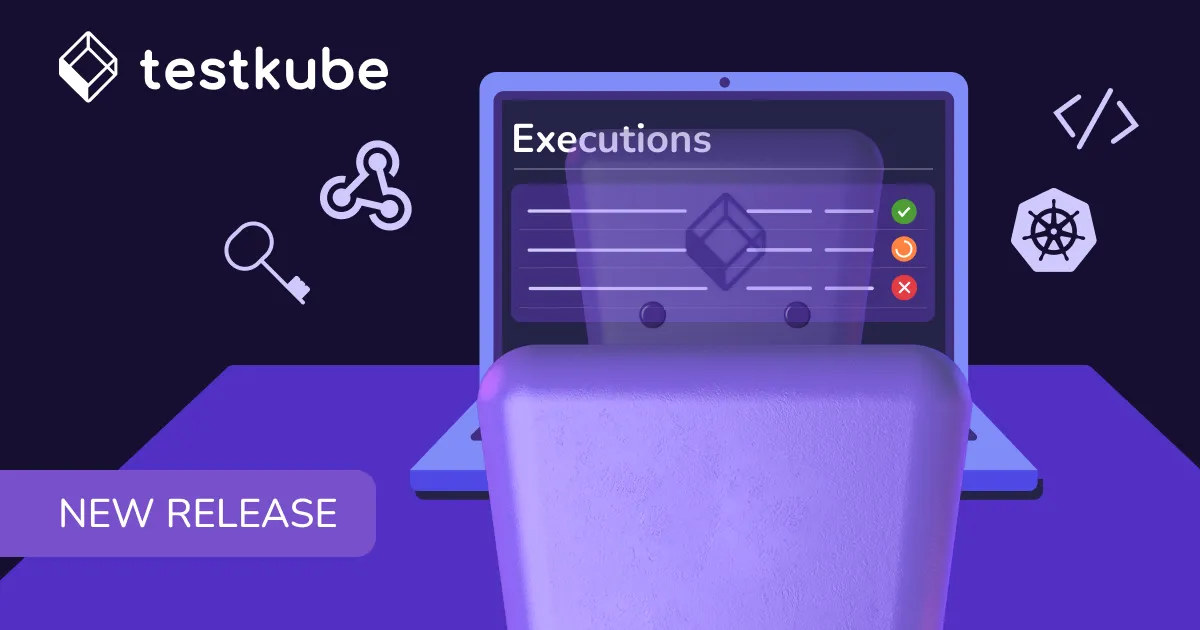

Table of Contents
Try Testkube instantly in our sandbox. No setup needed.
Unlock Better Testing Workflows in Kubernetes — Try Testkube for Free




Table of Contents
Executive Summary
One of the essential components of modern monitoring strategies is the use of status pages - which require building an additional, intricate system on its own, or relying on third-party software that provides this type of reports. But what if you could leverage your existing Kubernetes infrastructure and tests to build them?
Testkube now lets you use your existing tests to monitor the status of your applications by creating an internal or public Status Page for monitoring - providing you and your users with real-time feedback and incident management.
With Testkube's Status Pages powered by test results, you can:

- Monitor with precision: Say goodbye to the guesswork of monitoring. Our feature leverages automated tests to provide accurate and real-time insights into the state of your Kubernetes applications.

- Stay on top of any issues: Identify and address issues before they spiral into downtime. Automated tests notify you of potential problems, allowing your team to act swiftly and minimize disruptions.

- Customize with ease: Tailor your status pages to your brand and preferences. Customize the look, feel, privacy, and slug for your monitoring.

- Manage incidents quickly: Get alerts for failures or incidents in your services. Then, with our Markdown friendly editor, create and communicate your incidents with just a few clicks.
- Access historical insights: Gain historical data on your application's performance, helping you make informed decisions and spot long-term trends.

Getting started with Testkube Status Pages
Getting started with Testkube Status Pages is easy:

- Sign into Testkube Cloud
- Install Testkube in your cluster
- Set up your automated tests to monitor your applications using schedules and Test Triggers. Check our documentation if you’re just getting started.
- Create your Status Page. Use our Dashboard to create services linked to your automated tests.
- Configure the privacy settings. This can be private or public, using an automatically generated or personalized URL.
- Go live!
Want to learn more about Status Pages? Check out the following resources:
- Documentation: Testkube Status Pages
- Learn: Leveraging Kubernetes Test Results for Application Monitoring
Get Started with Testkube’s Status Pages Today
To try these new features, sign in to your Testkube Cloud account or sign up today! You can find the resources you need to get started in our documentation, or you can always contact us to schedule a demo. Join our Slack community for guidance and support. Happy testing!


About Testkube
Testkube is a cloud-native continuous testing platform for Kubernetes. It runs tests directly in your clusters, works with any CI/CD system, and supports every testing tool your team uses. By removing CI/CD bottlenecks, Testkube helps teams ship faster with confidence.
Explore the sandbox to see Testkube in action.






